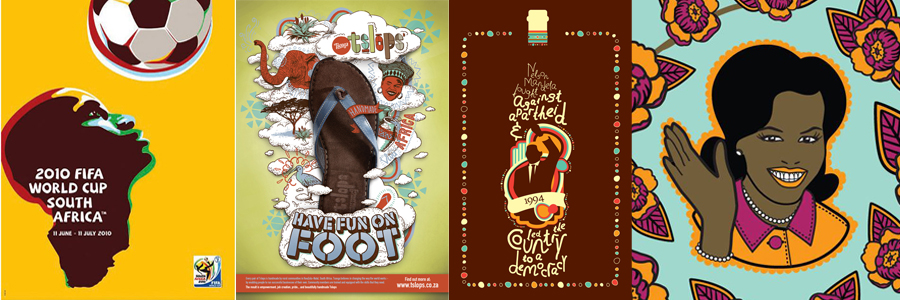GRAPHIC ART

A graphic designer is a profession within the graphic design and graphic arts industry who assembles together images, typography, or motion graphics to create a piece of design. A graphic designer creates the graphics primarily for published, printed or electronic media, such as brochures (sometimes) and advertising. They are also sometimes responsible for typesetting, illustration, user interfaces, web design, or take a teaching position. A core responsibility of the designer's job is to present information in a way that is both accessible and memorable.
Graphic design is the process of visual communication, and problem-solving through the use of type, space, image and colour.
The field is considered a subset of visual communication and communication design, but sometimes the term "graphic design" is used interchangeably with these due to overlapping skills involved. Graphic designers use various methods to create and combine words, symbols, and images to create a visual representation of ideas and messages. A graphic designer may use a combination of typography, visual arts and page layout techniques to produce a final result. Graphic design often refers to both the process (designing) by which the communication is created and the products (designs) which are generated.
Common uses of graphic design include identity (logos and branding), publications (magazines, newspapers and books), print advertisements, posters, billboards, website graphics and elements, signs and product packaging. For example, a product package might include a logo or other artwork, organized text and pure design elements such as images, shapes and color which unify the piece. Composition is one of the most important features of graphic design, especially when using pre-existing materials or diverse elements.
From road signs to technical schematics, from interoffice memorandums to reference manuals, graphic design enhances transfer of knowledge and visual messages. Readability and legibility is enhanced by improving the visual presentation and layout of text.
Design can also aid in selling a product or idea through effective visual communication. It is applied to products and elements of company identity like logos, colors, packaging, and text. Together these are defined as branding. Branding has increasingly become important in the range of services offered by many graphic designers, alongside corporate identity. Whilst the terms are often used interchangeably, branding is more strictly related to the identifying mark or trade name for a product or service, whereas corporate identity can have a broader meaning relating to the structure and ethos of a company, as well as to the company's external image. Graphic designers will often form part of a team working on corporate identity and branding projects. Other members of that team can include marketing professionals, communications consultants and commercial writers.
Textbooks are designed to present subjects such as geography, science, and math. These publications have layouts which illustrate theories and diagrams. A common example of graphics in use to educate is diagrams of human anatomy. Graphic design is also applied to layout and formatting of educational material to make the information more accessible and more readily understandable.
Graphic wayfinding signage systems have become important for large public spaces such as airports and convention centers. These systems often depend on graphic design to communicate information quickly and economically through a color or symbol that can be read and followed from a distance (as opposed to large amounts of text). Such environmental graphic design systems allow people to navigate unfamiliar spaces.
Graphic design is applied in the entertainment industry in decoration, scenery, and visual story telling. Other examples of design for entertainment purposes include novels, comic books, DVD covers, opening credits and closing credits in filmmaking, and programs and props on stage. This could also include artwork used for T-shirts and other items screenprinted for sale.
From scientific journals to news reporting, the presentation of opinion and facts is often improved with graphics and thoughtful compositions of visual information - known as information design. Newspapers, magazines, blogs, television and film documentaries may use graphic design to inform and entertain.
